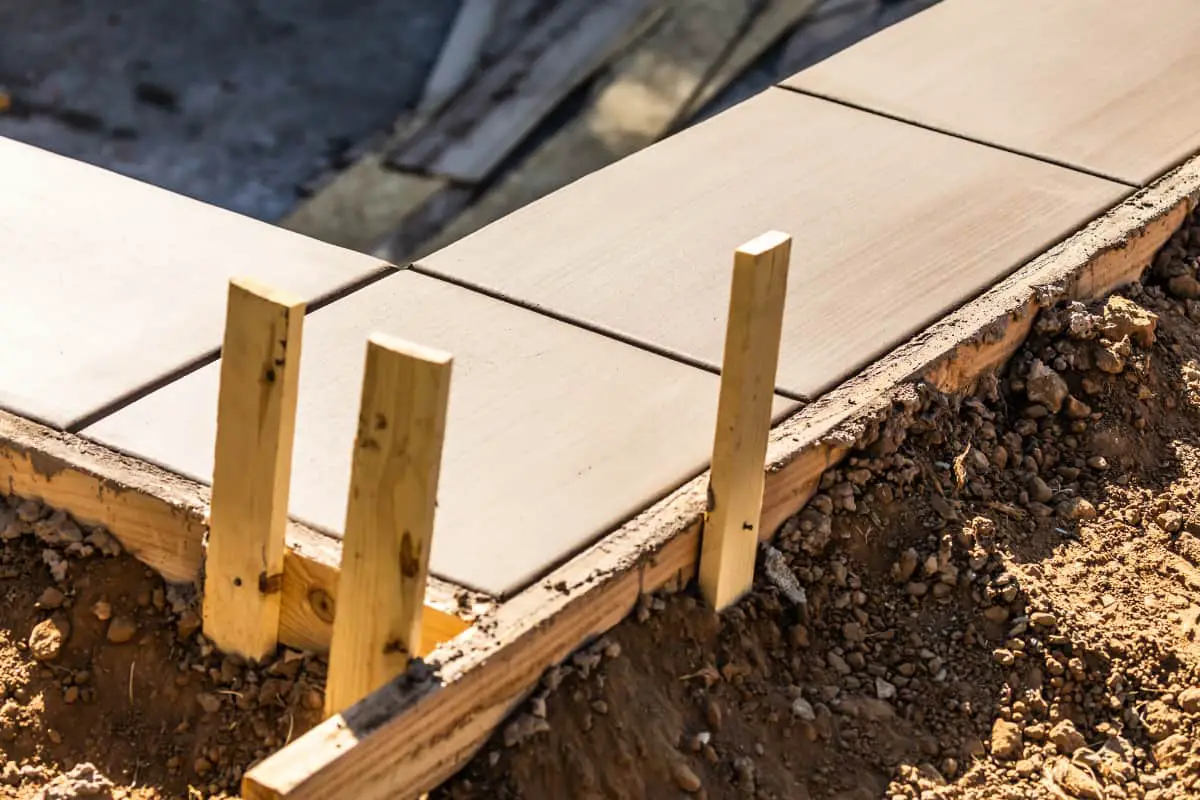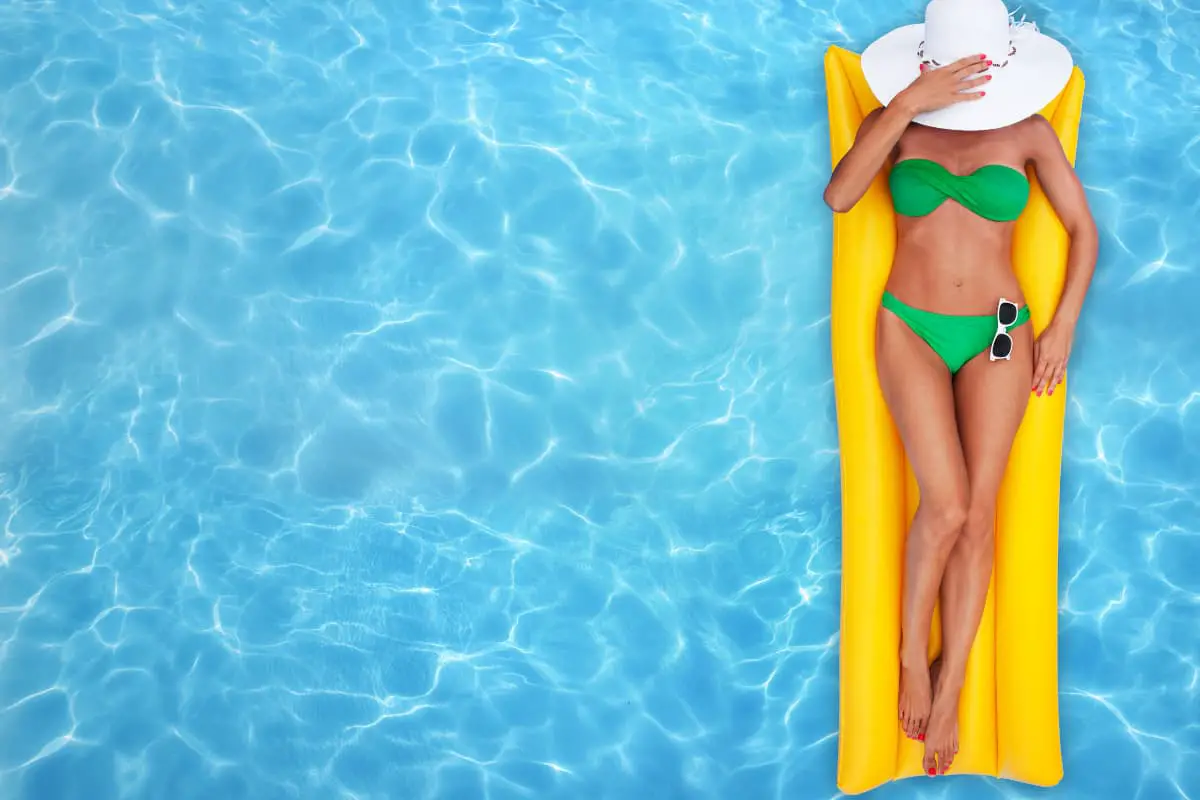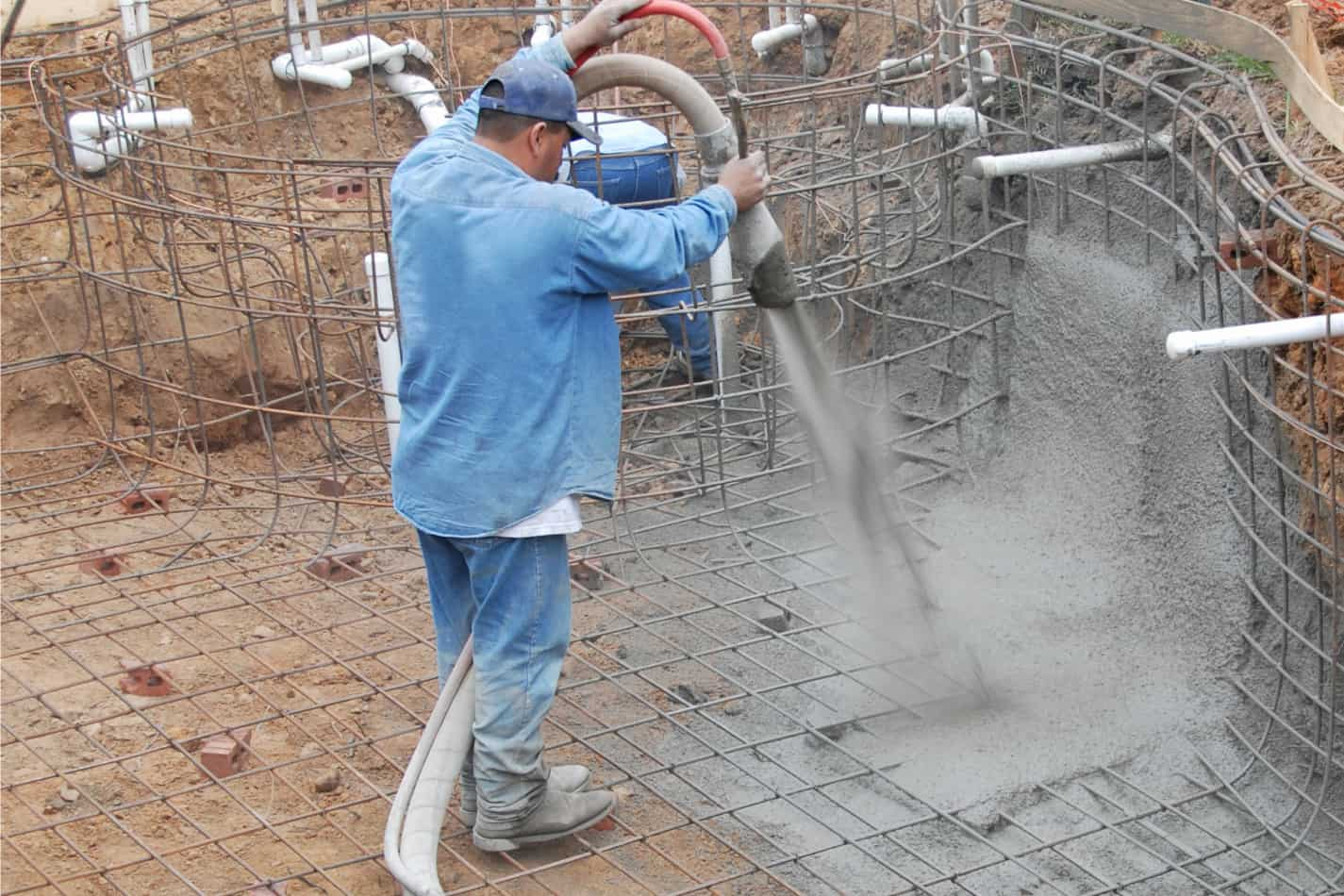Swimming Pool Coping [ What is is and Why You Need It ]

As an Amazon Associate I earn from qualifying purchases.
A swimming pool is a great thing to have, especially in the heat of summer, where you can chill out and cool down. Whether you are thinking of installing a new pool or renovating an old one, you probably have to consider the coping of the pool. But what is pool coping?
Pool coping is the division that is used to separate the swimming pool shell wall from the rest of the place. It is the edge of the swimming pool or the border that surrounds the top of the pool space. You’ve probably seen it in all pools, but you just didn’t know that it was called coping. It will help protect your pool structure.
You will have a lot of different options to choose from when thinking of coping; starting from materials to designs. Moreover, you might even wonder why exactly you need it in the first place.
It doesn’t seem all that important at first glance. But coping is essential to the durability of your pool structure. Let’s find out how they work.
Learn How to Manage Your Pool and Hot Tub
Frustrated trying to keep your pool clear? Feeling confused about when to add the right chemicals? Get the perfect easy-to-use, illustrated ebook and video course today!
Swimming Pool Coping
Coping refers to the top protective covering, edge, or lip of any kind of wall that is meant to protect the wall from external elements. In a swimming pool, this refers to the top edge of the pool that surrounds the entire pool and separates the pool shell from the deck.
You can cope your swimming pool with many different materials including concrete, tiles, brick, stone, or even a composite of materials.
There are also copings made from steel and wood but these are not very durable and often degrade in quality as the edge is constantly in contact with water.
You will most likely use your coping on top of the bond beam, which is the 12-inch edge surrounding the pool. It is basically like a frame around the pool that separates and protects the pool while protecting external surfaces as well.
Before you install the coping on the pool, you first have to install a bond breaker behind it before you can pour the decking. This bond breaker material usually comes in the form of foam that can be glued on or nailed into place.
Once you have installed the decking, you can remove the foam material. You then fill the gap with self-leveling material.
Types of Pool Coping
There are many different styles of coping and you have a lot of options even apart from which materials to use. Which kind of coping you should use depends on your pool and whether you are working with a new one or renovating an existing design. Here are the different types:
- Top Mount Coping
This is one of the most common types of coping you will come across. This design has a round edge that protrudes away from the edge of the pool and then slopes back in away from the water.
It is also often referred to as the C-Channel or the half-round Coping. Once you use this type of coping, your pool is now ready for a poured deck.
- Flat Mount Coping
As the name suggests, this coping is flat and it simply covers the edge of the pool. It secures the pool liner and protects the pool structure.
Flat mount coping also forms an installation platform that you can use for pavers, stones, and several different surface materials. If you want less hassle and a simple design that gets the job done, this is the one for you.
- Cantilevered Coping
Often referred to as square edge coping as well, this kind of coping uses foam to finish the edge for concrete. You can remove the foam before you start to pour the deck.
This type of coping allows you to have a seamless edge between the deck and the coping. It looks smooth and blended and aesthetically clean and pleasing.
- Rough Cut Coping
You can use this kind of coping for a more edgy, rough look. The stones are set in an organic, haphazard way. It gives a rusty look to your pool.
This type of coping is also good for older pools because it will add to the vintage/old look. The edges are ragged but slightly straight and more of a square edge shape.
- Bullnose Coping
Bullnose coping refers to the rounded edge style of coping. There are different types of bullnose coping. You can get a full bullnose, which will have a full 180-degree curve at the edge of the water.
A half bullnose on the other hand leaves the bottom edge blend in with the wall of the pool with the top edge having a more rounded look.
You can also further get your bullnose coping either flat or raised. A Flat bullnose will have a flat edge from one edge to the other and will blend in with the deck.
With a raised bullnose, you will have a coping that is raised on the water’s edge to direct the flow of water.
Does a Pool Need Coping?
Yes, a pool does need coping. When you build an inground pool, the upper surface will usually have a bunch of steel sticking out. This can be dangerous and also doesn’t look too appealing. You use the coping system to cover this wall and also direct water away from the pool to the drainage system.
The coping not only protects you from the steel but also protects your deck from excessive water exposure. It prevents any sprouts from getting out and spilling on the deck and instead it should go into the drain.
It also protects the wall behind the pool shell. This increases the durability of your pool structure and strengthens it.
It also stops external debris from the deck like grass or leaves or dirt from falling into the pool. The raised edge stops things from entering and leaving.
The pool coping is also what you usually hold onto while getting into or out of the water. It is also the place where you can sit and dangle your feet in the water. The coping materials provide grip and make the area less slippery and dangerous.
You can also use the pool coping for aesthetic purposes. With the different materials and designs you can use, you can change the look of your pool to match your desired aesthetic.
It also serves to hide pool maintenance components. You can cover these less attractive-looking things at the pool’s edge and still have easy access to them.
If you choose not to use coping, however, you can extend your swimming pool’s deck to cover the edges as well. This is a viable option only if you have a discrete deck and not a poured one. The deck will cover the edge and blend into the pool to create a seamless look.
But a pool without coping looks rather weird and can even be more slippery and less easy to use. It’s like a plane without a roof. It feels unsettling.
So even if you feel like it’s a hassle, you should opt for getting a coping for your pool. Think about it, how many pools have you seen without one?
Final Thoughts on Pool Coping
By now you should have a proper idea of what is pool coping. You should keep all this in mind while designing or renovating your pool.
Since there are so many options and varieties to choose from, you can easily make the wrong choice if you are uninformed.
So, choose the material and style that will suit your needs.



